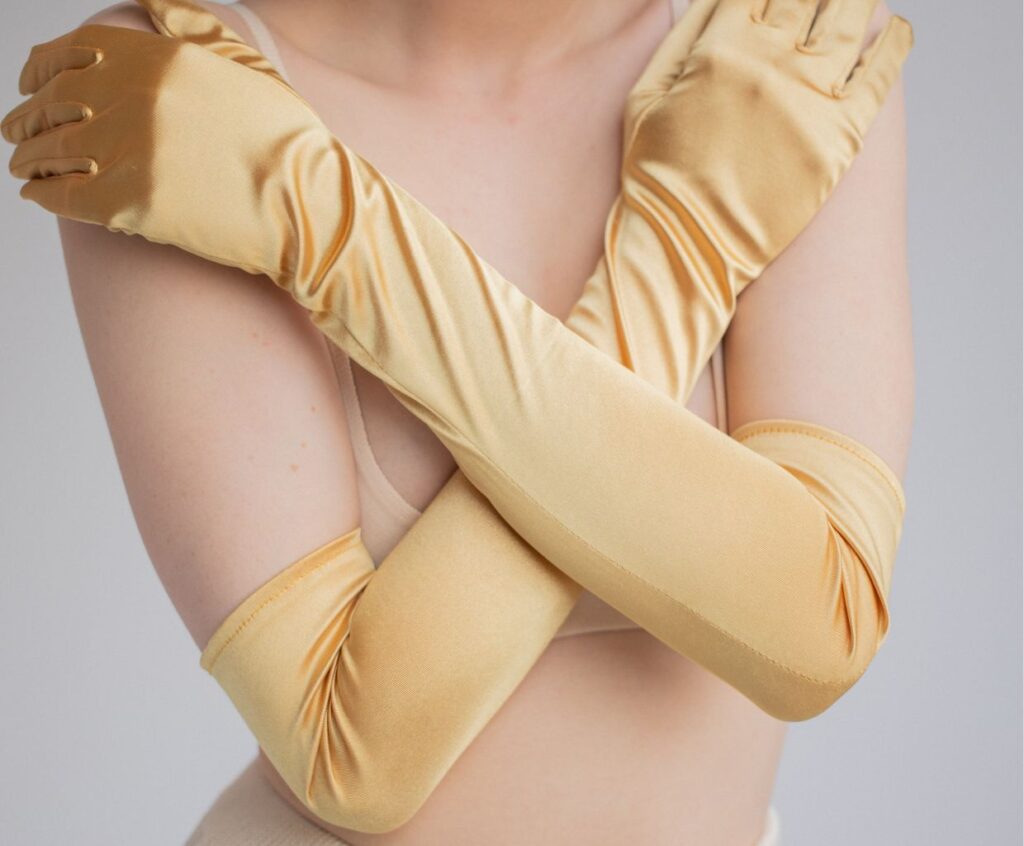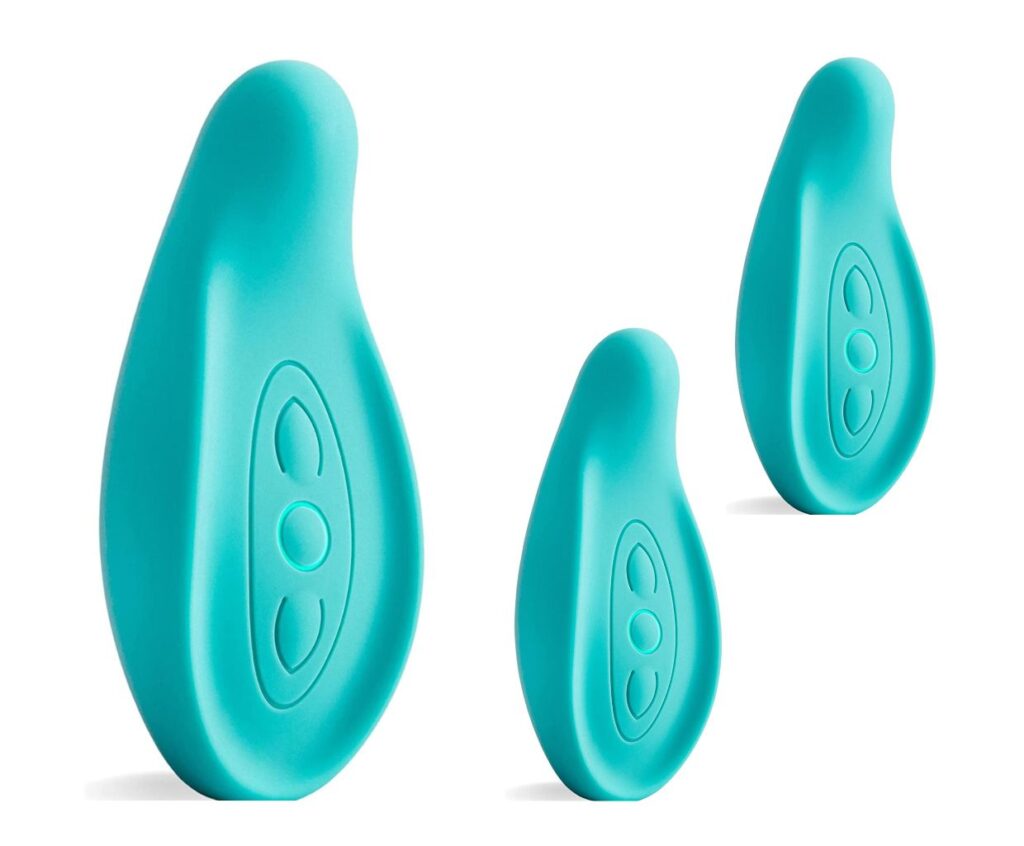How To Do Breast Massage While Pumping?
Breast massage is a valuable technique that can enhance your pumping experience and potentially increase your milk supply. Whether you’re a new mother trying to establish a breastfeeding routine or a pumping mom looking to optimize your milk output, understanding how to perform breast massage while pumping is worth mastering.
In this informative article, we will explore the benefits of breast massage during pumping, step-by-step instructions on how to do it effectively, and tips to make your pumping sessions more efficient and comfortable. Whether you’re using a manual or electric breast pump, the knowledge of how to incorporate breast massage into your routine can be a game-changer on your breastfeeding or pumping journey. Let’s delve into the world of breast massage and discover how it can contribute to your breastfeeding success.
Why Breast Massage?
Before diving into the techniques, let’s understand why breast massage is essential while pumping. Massaging your breasts can stimulate milk production and ensure a more efficient pumping session. This is especially helpful if you’re trying to increase your milk supply or struggling with blocked ducts.
Benefits of Breast Massage While Pumping:
-
- Enhanced Milk Flow: Massaging your breasts can help stimulate the milk ejection reflex, making it easier for your milk to flow.
-
- Better Milk Removal: By gently massaging your breasts, you can ensure that all breast areas are adequately emptied, leading to better milk removal.
-
- Prevention of Blocked Ducts: Regular breast massage can help prevent the development of blocked ducts, which can cause discomfort and affect milk supply.
-
- Improved Comfort: Breast massage helps relieve any breast engorgement or tenderness you may experience while pumping, promoting overall comfort.
How To Perform Breast Massage While Pumping
Now that you understand the importance of breast massage while pumping, let’s go over some techniques to incorporate into your pumping routine:
1. Warm-up:
Before you start pumping, use a warm compress or take a warm shower to help relax your breast tissue. This will make the massage more effective.
2. Gentle Circular Motions:
While pumping, use your fingertips to massage your breasts in circular motions while pumping gently. Start from the outer edges and gradually move towards the nipple. Repeat this technique several times during your pumping session.
3. Compressions:
In addition to circular motions, you can apply gentle compressions to your breasts while pumping. Use your hands to compress the breast tissue towards the nipple, then release. This helps to stimulate milk flow further.
4. Switching Positions:
Try different positions while pumping, such as leaning forward or leaning back slightly, to allow gravity to assist in milk flow. While in these positions, continue with the breast massage techniques mentioned above.
Remember, every woman’s body is different, so feel free to experiment and find the best techniques for you. Breast massage while pumping should not be painful, so if you experience any discomfort, adjust the pressure or technique accordingly.
By incorporating breast massage into your pumping routine, you can maximize your pumping sessions and ensure optimal milk production. So, try these techniques and enjoy a more efficient and comfortable pumping experience!
Are there any potential risks or precautions to consider when doing breast massage while pumping
While breast massage can be beneficial for some women during pumping, there are a few potential risks and precautions to consider:
1. Engorgement: If breast massage is done too aggressively or for an extended period, it can lead to overstimulation and increased milk production, causing engorgement. This may result in discomfort and difficulty in latching the baby.
2. Mastitis: Massaging too vigorously or with dirty hands can introduce bacteria into the breast, increasing the risk of developing mastitis, an infection of the breast tissue.
3. Blocked ducts: In some cases, aggressive massage techniques or improper hand placement can lead to blocked milk ducts. This can cause pain, swelling, and a decrease in milk supply.
To minimize these risks, it is essential to follow some precautions:
1. Gentle and moderate pressure: Use gentle and moderate pressure during massage to avoid overstimulation of milk production.
2. Clean hands: Always wash your hands thoroughly before starting breast massage to minimize the risk of infection.
3. Proper technique: Learn proper massage techniques from a lactation consultant or healthcare provider to ensure you do it correctly.
4. Listen to your body: Pay attention to any discomfort or pain during breast massage. If something doesn’t feel right, stop and consult a healthcare professional.
Remember, every woman’s body is different, and what works for one may not work for another. It is always best to consult a lactation consultant or healthcare provider for personalized advice and guidance based on your situation.
How frequently should breast massage be performed during a pumping session?
There is no set frequency for breast massage during a pumping session, as it can vary depending on individual preferences and needs. Some women find that massaging their breasts before and during pumping helps to stimulate milk flow and increase milk production.
Others may not find it necessary or beneficial. Experimenting with different techniques and frequencies is recommended to find what works best.
Are there specific techniques or guidelines to follow for breast massage while pumping?
While breast massage can be beneficial while pumping, there are some techniques and guidelines that can help maximize its effectiveness:
1. Warm-up: Start by applying a warm compress or a warm shower to help stimulate blood flow and relax the breast tissue.
2. Gentle strokes: Use your fingertips or palms to gently massage your breasts in circular motions. Start from the outer areas and move towards the nipple, avoiding rough or aggressive movements.
3. Compression: While pumping, you can incorporate breast compression techniques. This involves using your hand to compress and squeeze the breast while the pump is on. It helps to empty the milk ducts and increase milk flow.
4. Varying pressure: Experiment with different pressure levels during the massage. Some women find light strokes more effective, while others may prefer slightly firmer pressure. Listen to your body and adjust accordingly.
5. Focus on blocked ducts: If you have a blocked milk duct, you can specifically target that area during the massage. Apply gentle pressure and massage in circular motions over the blocked duct to help clear it.
6. Switching sides: If double pumping, alternate between breasts every few minutes to adequately stimulate both breasts.
7. Relaxation: Find a comfortable and quiet environment for pumping and massage. Relaxation can help stimulate letdown and improve milk flow.
It’s important to note that if you experience any pain or discomfort during breast massage, it’s advisable to consult a lactation consultant or healthcare provider for guidance.


